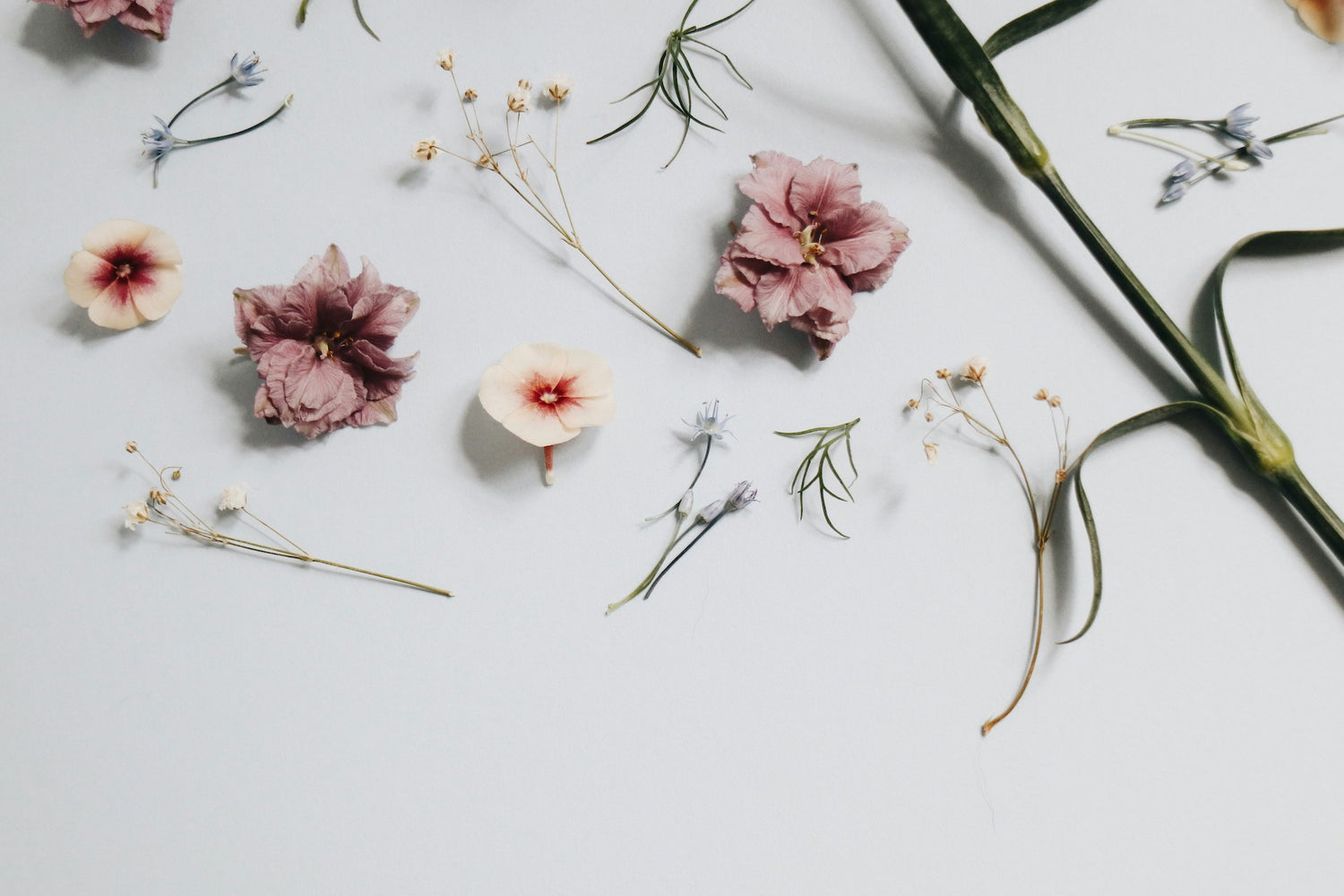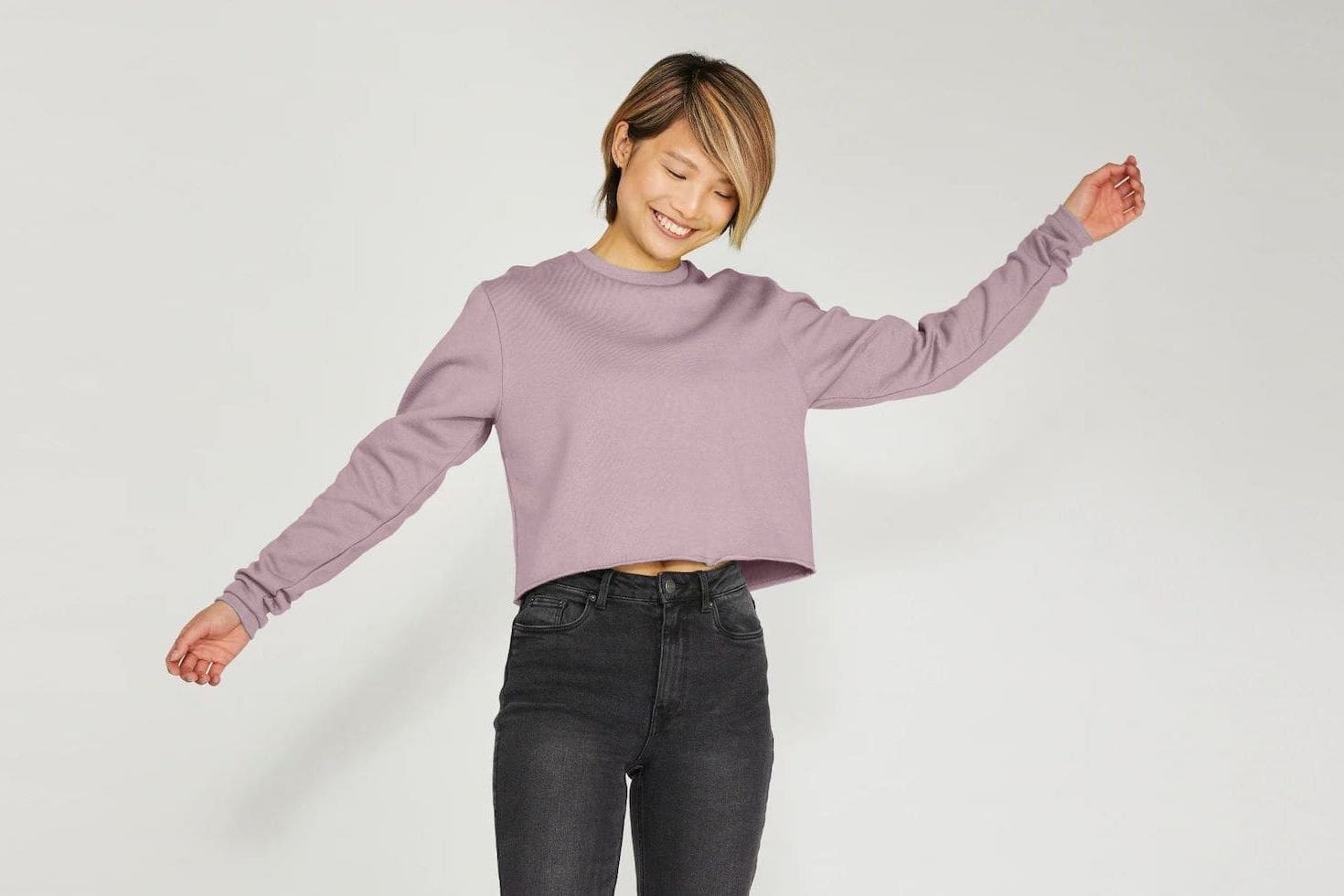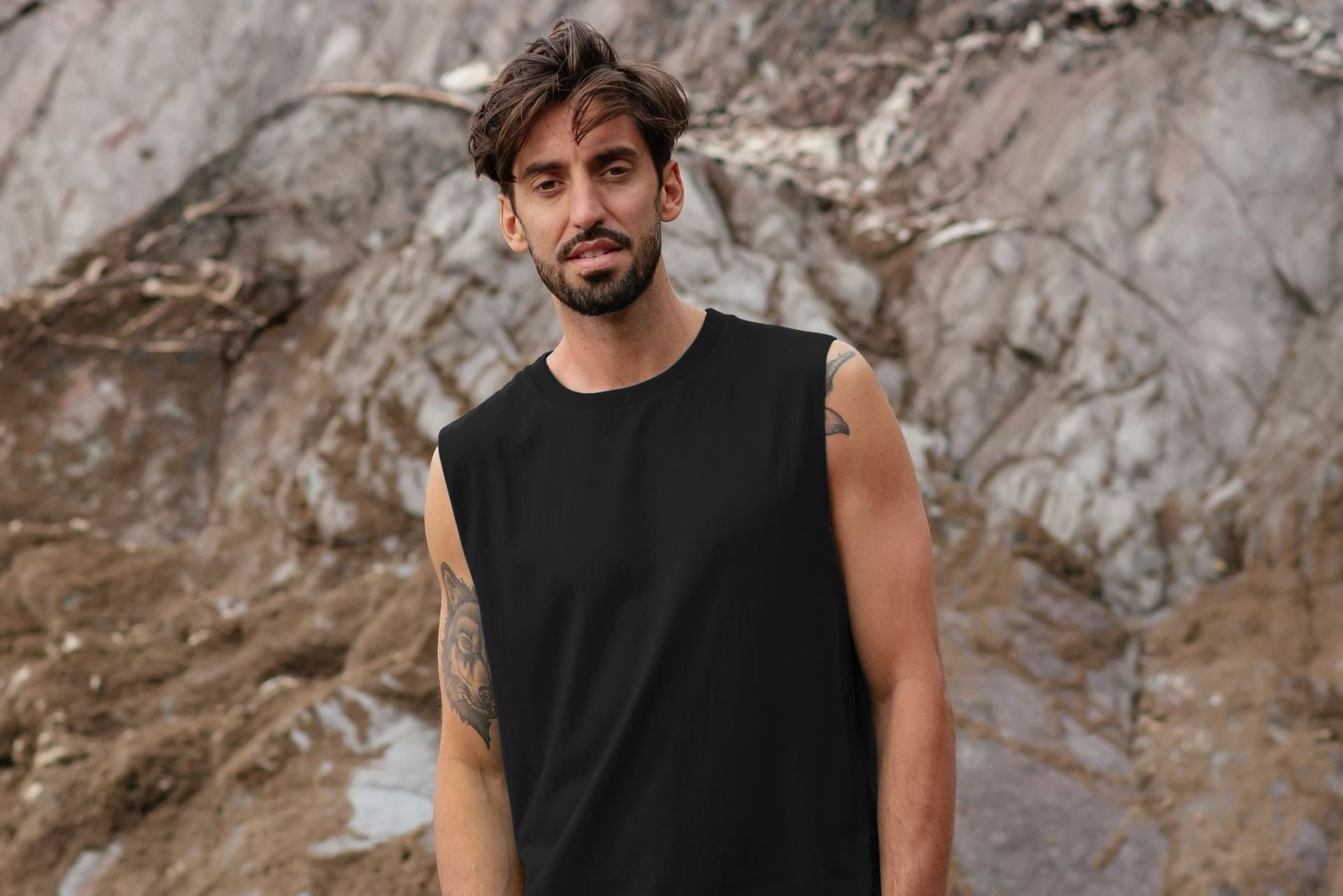Quiet luxury is a phrase that has been on everybody’s lips for a while now. This is largely due to the popularity of the show, “Succession” (and also partly, Gwyneth Paltrow’s civil court case). As the show follows a very wealthy family, there’s a perception that quiet luxury is all about being super-rich.
Added to this is that one saying that is associated with quiet luxury is “money screams, wealth whispers”. This implies that old money (meaning people whose families have been rich for centuries and are potentially part of the aristocracy) is superior to those who have recently become rich (“nouveau riche”). This idea is reinforced by the “old money aesthetic” being synonymous with quiet luxury.
Clearly, there is a perception that quiet luxury can only be attained by the super-wealthy. There is also more than a hint of snobbery and classism that underpins this “trend”. Fortunately, you don’t have to subscribe to these ideas to achieve the look, which has its own merits independently of these views.
What is quiet luxury?
- Logo-free clothing
- Muted tones
- Refined materials
Logo-free clothing
Quiet luxury is the idea that you can wear luxurious items of clothing without signalling that you are wearing luxurious clothing. This generally means an absence of logos. Why? Well, when brands are known to be expensive, wearing their clothing signals that you can afford such items. This means that wearing branded clothing can be a way of signalling that you are successful and wealthy.
But if you’re truly rich, why would you need to signal that? Chances are you are moving to different social circles where people already know you’re rich. So, if you’re trying to impress anybody with your sense of fashion, it is unlikely to be through signalling that you are wearing anything expensive as that will largely be assumed.
Of course, logo-free clothing has its merits independently of any association with quiet luxury. Some people simply prefer minimalist looks. Logos and other artwork that are emblazoned across clothing can therefore be unappealing to people with such preferences. For some, the clean look is everything.
There is also a risk that nicely designed clothing that bears a brand’s trademark can become unbearable if the brand comes to be regarded as toxic (e.g. Yeezy). Logo-free clothing can mitigate this risk.
Muted tones
We mentioned earlier that the phrase “money screams, wealth whispers” is associated with quiet luxury. The implication here is that discretion is prized over conspicuous consumption. This means that anything that catches people’s attention is unlikely to be characterised as “stealth wealth”. Therefore, it follows that bright clothing isn’t the look that you should be going for.
While standard formal monochrome looks (white, black, navy, grey) might be part of the solution, muted looks will have more impact. This could include beige and earthy tones like brown a la Paltrow or variations on formal monochromes like ivory and cream.
Refined materials
Some would argue that a neutral palette for clothing and logo-free clothing might seem to be a bit too close to the normcore trend of yesteryear. Maybe. Even if that were true, the concept of refined materials would certainly help make the demarcation clearer.
You see, the quiet luxury look can be achieved by wearing clothing that requires more effort to make. This means that the fibres used are not everyday fibres. This is perhaps another way of saying that these fibres are not common but relatively scarce and therefore expensive.
But surely not everything expensive is good. Would we classify clothing made from animal products or synthetics to be good when science suggests that they can be very harmful to the climate? This suggests that with greater awareness, “refined materials” will hopefully incorporate the concept of sustainability.
Perhaps, there is a sense that these fabrics are soft too (why, after all, would you spend so much money only to wear irritating/harsh clothing?!). Just from looking at the different types of cotton, one can get a sense of the different levels of refinement that can exist within one type of fibre.
Let’s take a look at some of the best quiet luxury fashion brands. Some of these are well-known but arguably out-of-reach for most people, whereas others will be affordable, more sustainable, and also give a sense of uniqueness.
Quiet sustainable luxury
POMP
Through the use of technology, we’re able to offer a wide range of design styles and still remain sustainable. This means that you get to see bright colours and artwork as well as muted colours and logo-free clothing in our collection. Most importantly, our clothing is made from the refined material of certified organic cotton. Check out our sustainable essentials collection here.
Gaâla
- Logo-free: 5/5
- Muted colours: 4/5
- Refined materials: 4/5
- Price: $$$$
Gaâla is a family-run slow fashion brand that has sought to create “timeless, trend-transcending apparel for the contemporary woman”. Not a logo in sight and plenty of outfits in beige, brown, and cream, as well as bordeaux and deep green. Gaâla explains that it uses fabrics such as rose petal cellulose, linen, organic cotton as well as silk, wool, and tweed where it prioritises upcycling.
Neem London
- Logo-free: 5/5
- Muted colours: 4/5
- Refined materials: 5/5
- Price: $$$$
Neem London is a brand that aims for a modern sustainable style made from recycled materials (regenerative and recycled cotton as well as regenerative merino wool). They have a strong focus on being carbon neutral across their end-to-end production system and have partnered with Green Story to minimise their footprint which they offset by funding SimpliZero projects. While the brand carries a certain swagger on social media, it is ultimately smart-looking fashion with nary a logo nor bright colour in sight.
Asket
- Logo-free: 5/5
- Muted colours: 4/5
- Refined materials: 4/5
- Price: $$$$
Asket is a brand that is committed to having a permanent collection of essential items for each wardrobe with one of their values being “uncompromising garments”. For Asket, this means not watering down garments with fibre blends but opting for mono-material fabrics. The materials used are recycled wool, traceable merino, recycled cashmere, Tencel Lyocell, organic cotton, recycled synthetics, and linen. With logo-free clothing and a range of clothing that abides by a minimalist aesthetic, there is a certain level of refinement that gets signalled by this brand.
The other two values Asket lives by are “full transparency” and “lifecycle responsibility” which means you are very clear about how much sustainability is baked into their processes.
Tenne
- Logo-free: 5/5
- Muted colours: 4/5
- Refined materials: 4/5
- Price: $$$$
Tenne bills itself as Mediterranean Minimalism and has a lot of logo-free white and beige pieces with dashes of orange shades. Through the use of AI and small production sizes, the brand seeks to avoid overstocking. Tenne uses unthreading, a technique that allows almost all of the yarn involved in the knitting process to be recovered, as part of its commitment to zero-waste fashion.
Traditional quiet luxury brands
The Row
- Logo-free: 5/5
- Muted colours: 4/5
- Refined materials: 3/5
- Price: $$$$$
The Row was established in 2006 by Ashley Olsen and Mary-Kate Olsen. The brand seeks to take a timeless approach as can be seen from its range of largely graphics-free clothing. Clothing is monochrome with quiet luxury favourites like beige and ivory featuring frequently. While the brand talks about exceptional fabrics, there does not seem to be further information to back up any notions around sustainability. While some products are made from organic cotton, there seems to be a lot of virgin leather and silk as well as synthetics blended with cotton.
Loro Piana
- Logo-free: 5/5
- Muted colours: 5/5
- Refined materials: 3/5
- Price: $$$$$
The brand has a strong range of logo-free clothing in muted colours. In fact, you can learn quite a lot about the muted colour palette of quiet luxury by browsing the product range: who could guess that Japanese Mirin Moulin is in fact the name of colour?!
While the brand uses blockchain to guarantee traceability within a certain product range, circularity and carbon-neutral aspirations appear to belong more to the blockchain technology provider rather than Loro Piana. A lot of effort goes into sourcing fine fibres such as vicuna, merino wool, and cashmere yet searching for the word “organic” yields zero results.
Brunello Cuccinelli
- Logo-free: 5/5
- Muted colours: 4/5
- Refined materials: 3/5
- Price: $$$$$
The brand has one of the more evocative stories about its place in the world (literally and figuratively) and the journey of the founder from the inception of the brand. This all adds to the allure of the brand considering the founder’s penchant for finding beauty in things.
While certain ranges may bear logos (e.g. a current tennis-related range), the collection overall is broadly a logo-free affair. The selection of refined materials includes the usual suspects of cashmere and cotton but also has a not-insignificant portion of synthetics. A “cotton” rib-knit sweater has the material composition of 55% nylon and 45% polyester.
Max Mara
- Logo-free: 4/5
- Muted colours: 4/5
- Refined materials: 3/5
- Price: $$$$
The range here is less uniform compared to other featured quiet luxury brands. There is greater use of artwork on clothing and a more expansive colour palette that includes some very bright colours. Clothing remains logo-free however and certainly, muted colours are available as part of the range with not-insignificant use of synthetics.
Is Quiet Luxury a trend or more timeless?
Fashionistas would have you believe that the old money aesthetic is old hat. After all, wasn’t quiet luxury a trend from last year – why are we still talking about it? Well, the real answer is that it has always been around but it is only getting noticed again recently.
As we can see from the ratings above, what might appear to be quiet luxury doesn’t always live up to the name. We can blame the fashion industrial complex for that: you know, the ones that deride trends but still promote them, somehow all come to the same conclusion as to what the colour of the year is, let people off with their flimsy environmental credentials, etc.
Fortunately, there are brands that signal quiet sustainable luxury. They manage to do this without $$$$$ price tags giving you even greater freedom to build out your own quiet sustainable luxury wardrobe (or perhaps use the money saved to accessorise your outfits).
Interested in learning more? Here's another of our blog posts on the topic, where you can discover more about what quiet luxury is.




